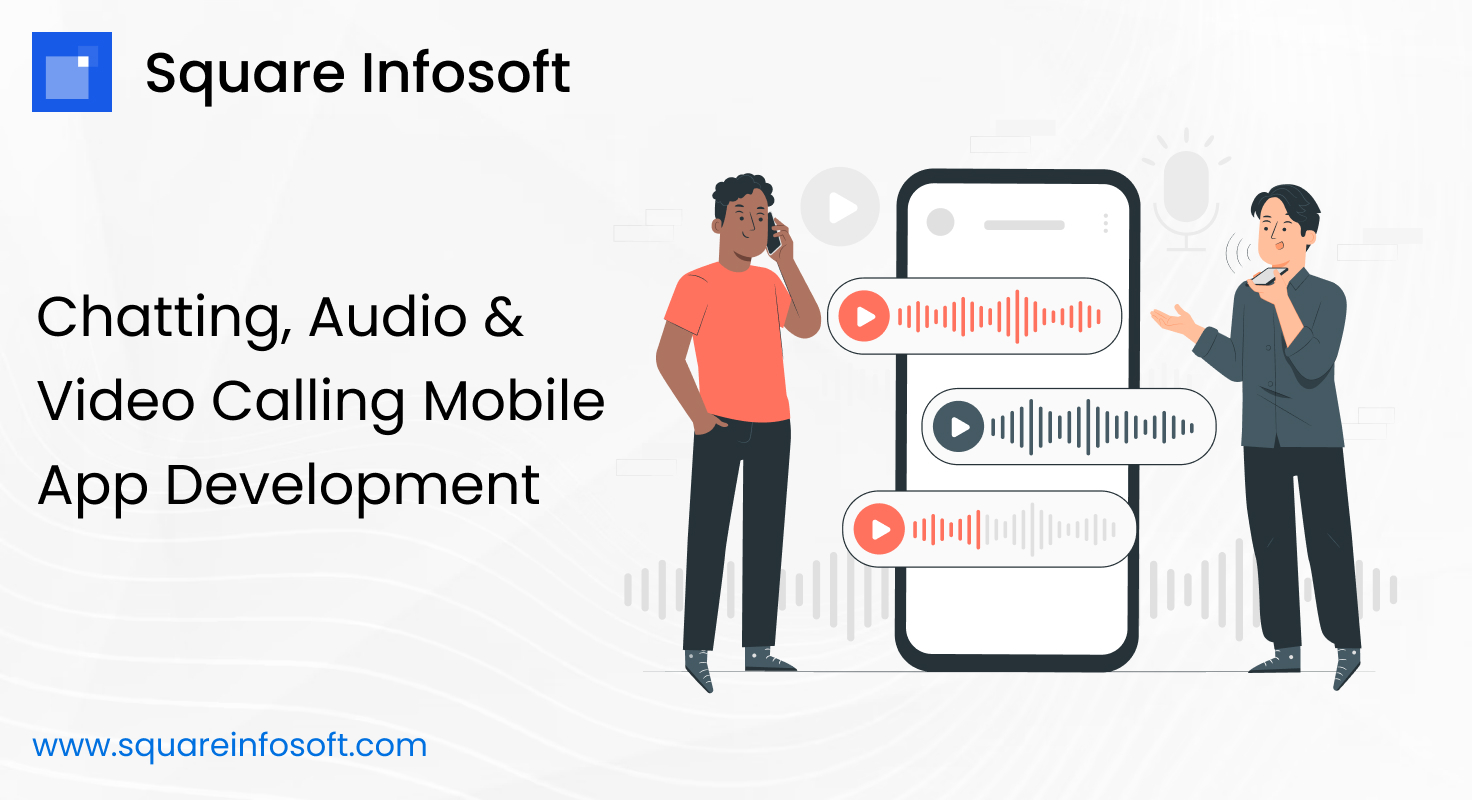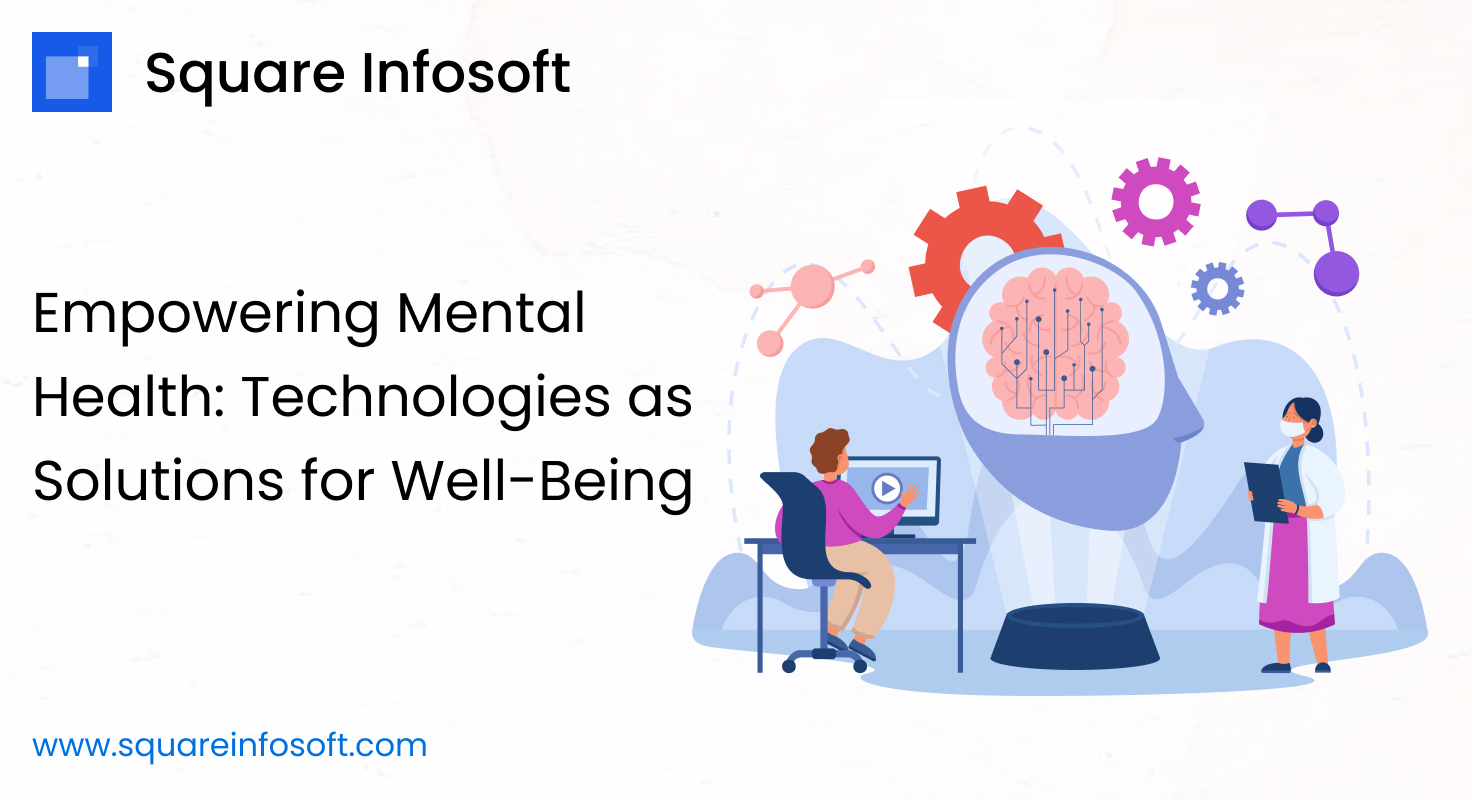Developing a chatting, audio, and video calling mobile app is a complex yet rewarding endeavor. Here’s a concise guide to help you create a successful app in this category:
1. Define Your App’s Focus:
- Decide whether your app will primarily focus on text chatting, audio calls, video calls, or a combination of these.
2. Core Features for Chatting:
- User Registration: Allow users to create accounts and profiles.
- Real-Time Messaging: Implement a chat interface for text-based conversations.
- Multimedia Sharing: Enable users to send images, videos, and documents.
- Group Chats: Provide options for creating and participating in group conversations.
- Notifications: Notify users about new messages and updates.
3. Core Features for Audio and Video Calls:
- Voice Calling: Implement real-time audio calling with high-quality audio.
- Video Calling: Enable real-time video calling with good video quality.
- Call History: Display call logs and call duration.
- Contacts Integration: Sync app contacts with the device’s contact list.
- In-Call Features: Allow users to mute, switch cameras, or share screens during calls.
4. Design and User Experience (UX):
- Create an intuitive and visually appealing interface for chats and calls.
- Ensure ease of use, clear navigation, and minimal latency in audio and video calls.
5. Platform and Technology Selection:
- Choose the platforms (iOS, Android, or both) and programming languages (Swift, Kotlin/Java) that suit your target audience.
- Consider using WebRTC or other real-time communication libraries for audio and video functionality.
6. Development:
- Develop the app’s front-end and back-end components, including user registration, chat functionality, and audio/video call handling.
- Implement secure authentication and data encryption to protect user privacy.
7. Integration:
- Integrate with cloud storage services for multimedia sharing.
- Implement push notifications for real-time updates.
8. Testing and Quality Assurance:
- Thoroughly test the app for functionality, performance, and security.
- Conduct testing across various devices and network conditions.
9. Deployment:
- Publish the app on app stores (Apple App Store, Google Play Store) following their guidelines.
- Create compelling app descriptions and screenshots.
10. Marketing and User Acquisition:
- Develop a marketing strategy to attract users (online advertising, referral programs, partnerships).
- Highlight your app’s security features, call quality, and user experience.
11. Continuous Improvement:
- Gather user feedback to make regular updates and enhancements.
- Stay updated on industry trends and emerging technologies in real-time communication.
12. User Support:
- Provide channels for user support and inquiries within the app.
- Ensure prompt and helpful responses to user concerns.
Developing a chatting, audio, and video calling mobile app presents both challenges and opportunities in the realm of real-time communication technology. This concise guide provides a structured approach to creating a successful app in this category, emphasizing the importance of defining the app’s focus, implementing core features, designing for user experience, selecting appropriate platforms and technologies, and prioritizing testing, deployment, marketing, and user support.
By defining the app’s focus early on and understanding the target audience’s preferences and needs, developers can tailor the app’s features and functionalities to meet specific user requirements effectively. Whether the emphasis is on text chatting, audio calls, video calls, or a combination of these, clarity of purpose ensures a coherent user experience.
The core features outlined in the guide, covering user registration, real-time messaging, multimedia sharing, voice and video calling, call history, and contacts integration, serve as the foundation for a robust communication platform. Designing an intuitive and visually appealing interface, coupled with clear navigation and minimal latency in audio and video calls, enhances user satisfaction and engagement.
Choosing the right platforms, programming languages, and real-time communication libraries is essential for ensuring compatibility, performance, and scalability across different devices and network conditions. Integrating with cloud storage services for multimedia sharing and implementing push notifications for real-time updates further enhances the app’s functionality and user experience.
Thorough testing and quality assurance procedures are critical for identifying and rectifying any issues before deployment. Publishing the app on major app stores, accompanied by compelling descriptions and visuals, is key to attracting users and driving downloads. A well-executed marketing strategy, complemented by ongoing user feedback and continuous improvement efforts, ensures the app remains relevant and competitive in the dynamic communication technology landscape.
Ultimately, the success of a chatting, audio, and video calling app hinges on its ability to provide reliable, secure, and feature-rich communication tools that meet the evolving needs of users. By following the strategies outlined in this guide and prioritizing user satisfaction, developers can create a compelling app that facilitates seamless and enjoyable communication experiences for users around the world.




